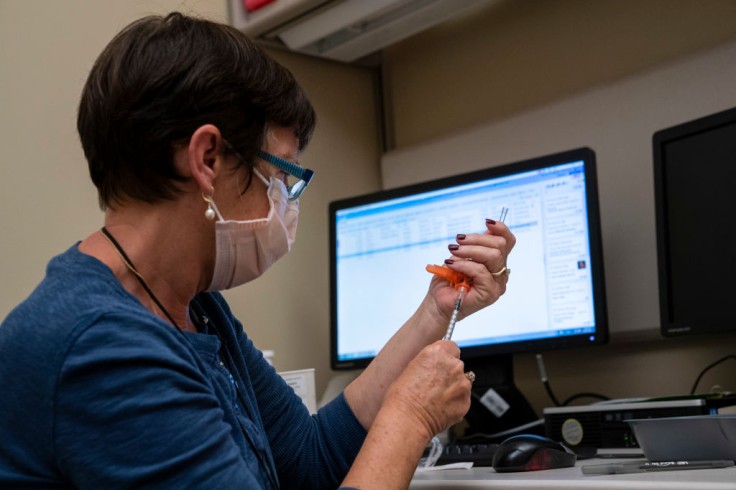
Pfizer announced on Monday, August 8, that it has started a late-stage clinical trial to test a vaccine that aims to protect against Lyme disease. According to the Centers for Disease Control and Prevention (CDC), there are currently no vaccines approved in the U.S. for the tick-borne illness, which infects an estimated 476,000 people in the country each year.
If the drugmaker's trial succeeds, the vaccine could be the first human inoculation available for Lyme disease in the United States in two decades. Only one other vaccine for the disease, LYMErix, has been used in the U.S., but it was discontinued back in 2002.
Annaliesa Anderson, Pfizer's head of vaccine research and development, said in a statement that with increasing global rates of Lyme disease, providing a new option for people to help protect themselves from the illness is more important than ever.
Pfizer's vaccine targets Borrelia burgdorferi
According to Pfizer, it aims to enroll approximately 6,000 healthy adults and kids 5 and older in the phase 3 trial, which will evaluate whether the Lyme vaccine is safe and effective.
The protein-based vaccine, called VLA15, is a three-dose regimen, which are administered over a five-to-nine month period, followed by a booster dose given 12 months later. The vaccine targets Borrelia burgdorferi, the bacteria that causes Lyme disease. Pfizer is developing the vaccine with French biotech firm Valneva, according to NBC News.
Dr. Alan Kivitz, a rheumatologist in the state of Pennsylvania who is a principal investigator for the trial, said that enrollment could be completed by the end of the year. The company said in its news release that it could potentially submit a vaccine application for approval to the Food and Drug Administration (FDA) in 2025.
Read Also: Young Girl Builds Lemonade Stand to Raise Money for Suicide Prevention After Dad Took His Own Life
Cases of Lyme disease rising across the U.S.
The trial comes as the prevalence of Lyme disease appears to be growing across the United States. According to an analysis of private insurance claims released this month by FAIR Health, a nonprofit organization that focuses on health care cost transparency, Lyme disease diagnoses rose 357 percent in rural areas and 65 percent in urban areas from 2007 to 2021.
The findings come from an analysis of more than 36 billion privately billed health care claims in the country. According to the CDC, the bacteria that cause Lyme disease are carried by black-legged ticks. A bite from an infected tick can transmit the infection to a person.
Dr. William Schaffner, who is an infectious diseases specialist at the Vanderbilt University Medical Center, attributed the rise in Lyme disease cases to more people living in urban areas traveling to areas where ticks are more prevalent.
Schaffner also said that as climate change brings warmer temperatures, the geographic regions in which ticks can survive will also expand, increasing the potential risk for Lyme disease in the country.